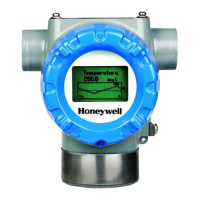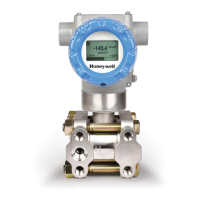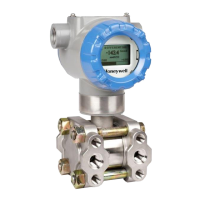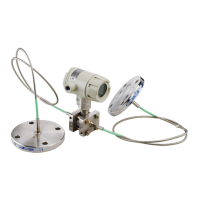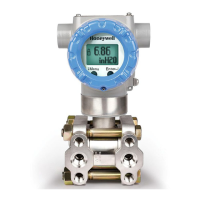4 Smart Temperature Transmitter STT250 – Operator Manual
3.2 Configuration Tools
3.2.1 Smart Field Communicator (SFC)
As previously indicated, the SFC communicates by connecting across the 4-20 mA
wiring. DE Communication is by 16 mA pulses which disturb the 4-20 mA output
signal. When in analog mode, ensure that receiving instruments are not on automatic
control. The SFC does not feed 16 mA pulses into the loop but instead merely uses
the power on the 4-20 mA wires and switches it through a field effect transistor output
switch. The SFC always acts as a master and the transmitter as a slave. When the
transmitter is operating in the digital DE mode, there is no wake-up pulse required and
the SFC communication does not disturb the PV signal. Consequently, there is no
need to put the loop on manual control when operating in the DE mode.
Supported Commands:
∗ Read/write ID (e.g. TID 250)
∗ Select a sensor type (e.g. Pt100)
∗ Select linear/non linear reading (i.e. Linear for °C etc., Non linear for
Ω and V)
∗ Enable/disable sensor break detection
∗ Set damping time (e.g. 0 second)
∗ Read URL (upper range limit), LRL (lower range limit) and span
∗ Read process value and cold junction value in engineering units
∗ Read output in % of span
∗ Read STT250's software version
∗ Read fail-safe direction configured by link
∗ Set/reset user calibration to specific sensor
∗ Set 0 and 100% output calibration
∗ Force output current
∗ Read/write scratch pad
∗ Select broadcast type 4 or 6 bytes (Digital DE only). 6 bytes broadcasts PV and
transmitter database while 4 bytes broadcasts PV only
∗ Enable/disable write protect
∗ Select 50 Hz/60 Hz power line filter
∗ Enable/disable latching. Latching means the alarm needs acknowledgment. Press
"STATUS" key to acknowledge the alarm.
If latching is disabled, the STT250 will leave the alarm mode as soon as the alarm
cause disappears.
3.2.2 HART Communicator (model 275)
The HART Communicator communicates by connecting across the 4-20 mA wiring.
Communication is by a high frequency carrier superimposed onto the 4-20 mA signal.
The HART transmitter transmits by modulating the 4-20 mA DC loop current with a 1
mA p-p AC current signal. This modulated signal does not disturb the output signal
(PV) since the average value of the communication signal is zero. Thus, it is
unnecessary to put the loop on manual control with Model STT25H.

